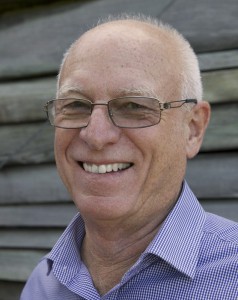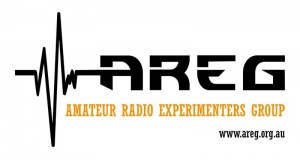
From the WIA, original post here.
Date : 30 / 01 / 2016
Author : Phil Wait – VK2ASD
The Australian Communications and Media Authority wants to renew its sun-setting legislative instrument that allows those radio amateurs qualified through an overseas administration, to obtain an equivalent licence in Australia. This however does not affect short-term visitors, who may automatically use their valid home callsign, prefixed with the VK call area in which they are located. That provision, under a free Class Licence follows WIA advocacy, is available for 90-days, which can be suitable for those on a business trip or a holiday.
The ACMA has consulted on its Radiocommunications (Qualified Operators) Determination 2016, to replace its 2005 predecessor on April 1, 2016. The ACMA in a discussion paper considers that the system has operated effectively and efficiently, and is worth renewal. The ACMA says individuals may have existing qualifications obtained overseas, and these will continue to be addressed, but by eliminating any consistency that may have developed.
The WIA has submitted to the ACMA that it supports renewal of the system. The WIA stressed that the qualification held, and not licence conditions, must always be the basis of any determination of equivalency of qualifications gained from an overseas administration. The WIA submission suggested changes to the ACMA, and supports the remake of the Determination incorporating the proposed changes, in particular the equivalency of the US Technician Grade licence. The WIA also flagged the need to review the Philippines Class C (Novice) licence grade, which is more aligned to the Australian Standard grade.
To read more about reciprocal and visitor licences, and option for overseas licensing, visit this Link


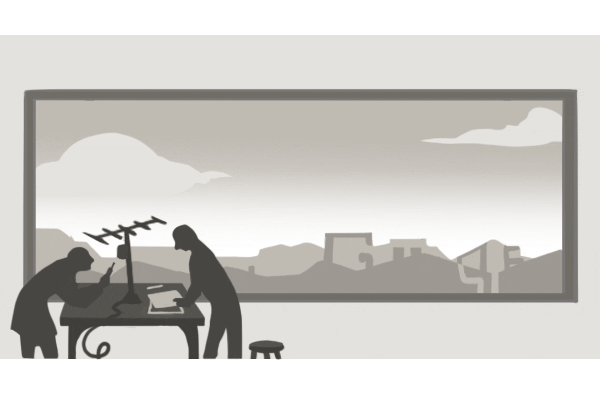
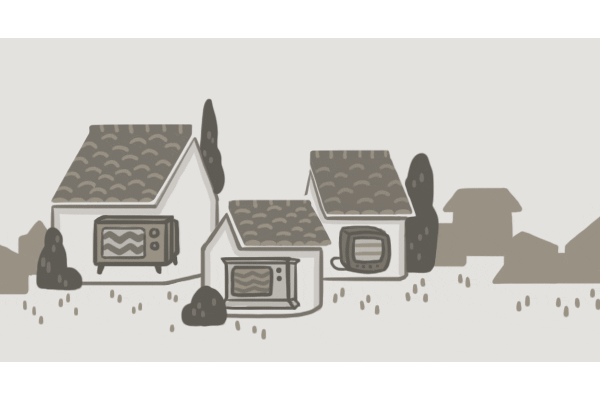
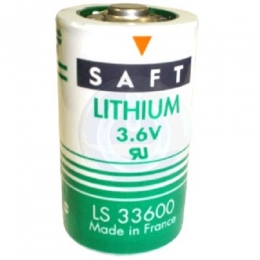 From
From 